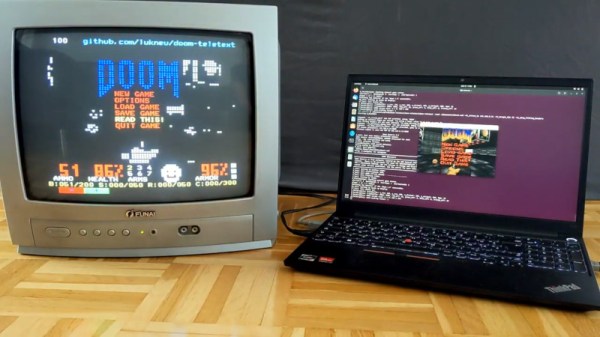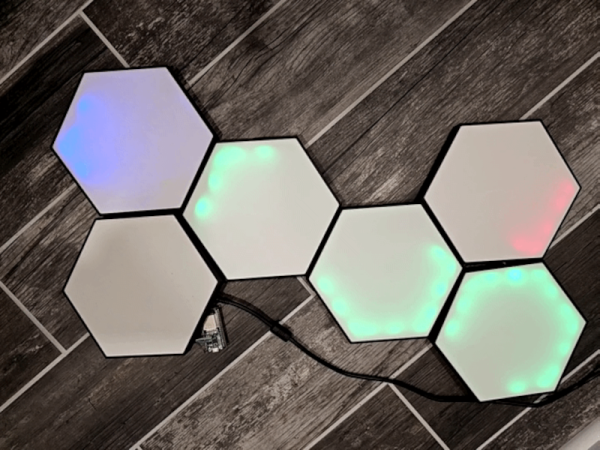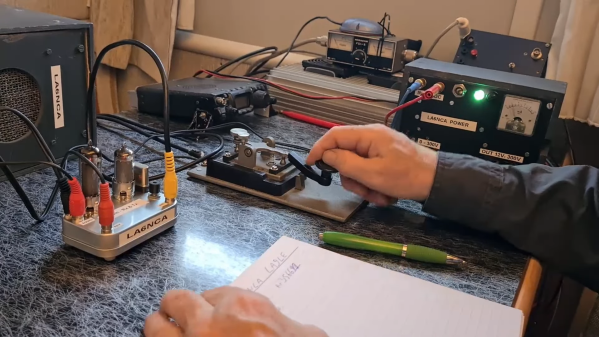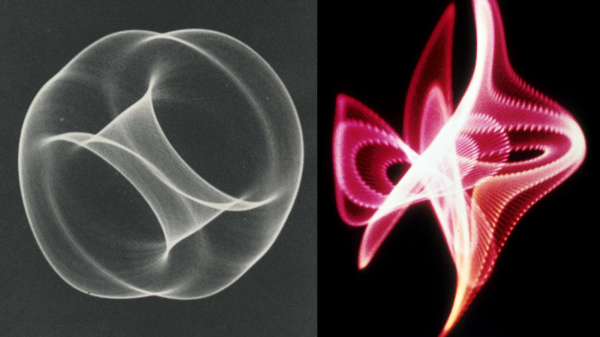We’ve seen the 1993 id Software classic DOOM running on so many pieces of unexpected hardware, as “Will it run DOOM?” has become something of a test for any new device. But will it run in the circuitry of a 1970s or 1980s TV set? Not quite, but as [lukneu] has demonstrated, it is possible to render the game using the set’s inbuilt Teletext decoder.
Teletext is a technology past its zenith and which is no longer broadcast in many countries, but for those unfamiliar it’s an information service broadcast in the unseen lines hidden in the frame blanking period of an analogue TV transmission. Its serial data packets can contain both pages of text and rudimentary block graphics, and we’re surprised to learn, can include continuous streams to a single page. It’s this feature that he’s used, piping the game’s graphics as a teletext stream which is decoded by the CRT TV and displayed as a playable if blocky game.
Delving further, we find that DOOM is running on a Linux machine on which the teletext stream is created, and the stream is then piped to a Raspberry Pi which does the encoding on to its composite video output. More powerful versions of the Pi can run both processes on the same machine. The result can be seen in the video below, and we can definitely say it would have been mind-blowing, back when DOOM was king. There are plans for further refinement, of which we’d say that color would be the most welcome.

















